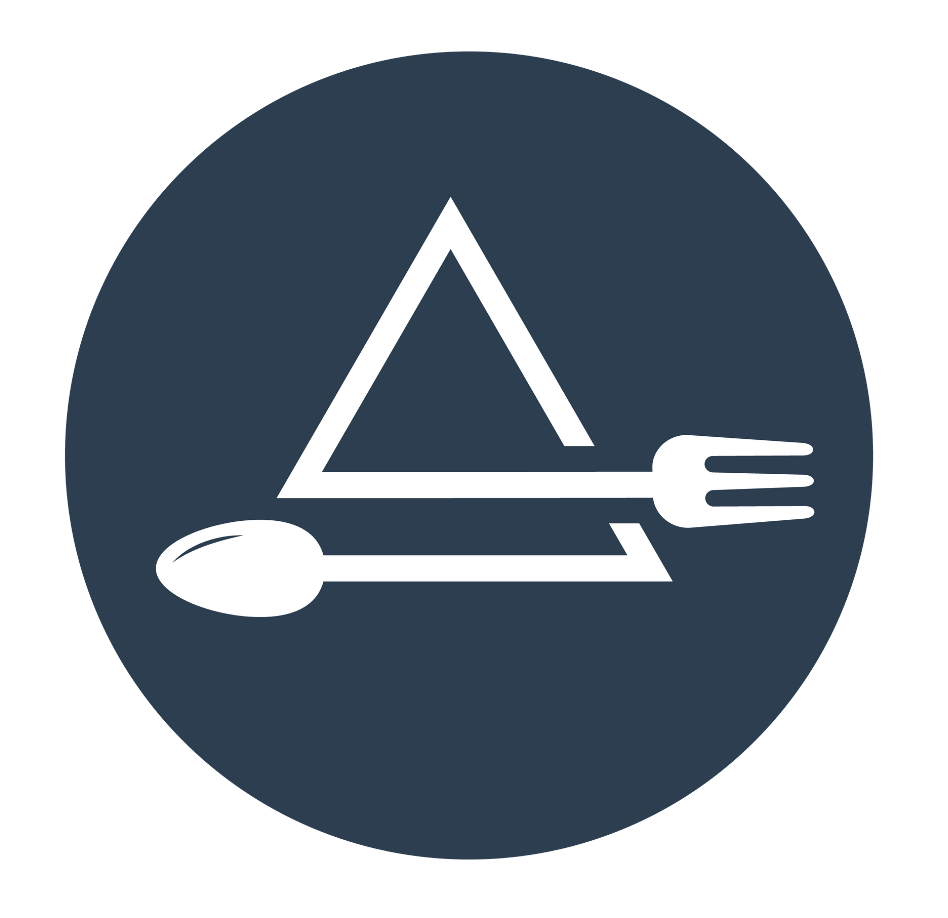
Top 5 Reasons To Try a New Recipe
Jan 21, 2022The health benefits of cooking, and eating, at home greatly outweigh any other way of eating. To start cooking more at home, a good first step is to explore and try new recipes.
Here’s why trying new recipes is good for you:
#1. Variety
As humans we tend to stick with similar eating patterns and food choices, basically keeping them on rotation. Most of us don’t get a lot of variety in our diets because of this. Trying new recipes helps ensure you are not always eating the same foods. Branching out not only helps alleviate food boredom, but you get more diverse nutrients! Expand the food you cook and eat; expand the nutrition your body gets. Different foods have different nutrient profiles. And yes, it is always better to get your nutrients from a natural food source. Important is that variety comes from whole foods and not processed foods. Whole foods like fruits, vegetables, lentils, nuts & seeds to name a few. Whole foods are where it’s at. Not only are rich in fiber, but they also contain a wide array of phytonutrients that have antioxidant and anti-inflammatory properties. More whole food variety lends to better health.
#2. Healthier Diet Pattern
Research shows the more you prepare food at home, the better your overall health indicators and outcomes are. You are much less likely to be overweight, store extra body fat, and help support maintaining a healthy weight. Home-cooked meals are associated with an overall nutrient-dense diet and reduced risk for markers of cardiovascular disease and diabetes. There is a strong association between more frequent meals cooked at home (5 or more times a week) and health benefits.
#3. Less Sodium (Salt)
71% of dietary sodium in the Standard American Diet (SAD) comes from restaurant and packaged foods. Food not prepared at home is consistently high in sodium. It is added both as a flavor enhancer and a preservative. Salt is the oldest preservative! This means that the sodium is already in your food before it gets to your house or plate. What counts as food not prepared at home? Restaurant food, ready-to-heat meals, and fast food. The average sodium content of a restaurant meal is upwards of 1300 mg! But large sodium loads aren’t just in restaurant and fast food. They are lurking in a lot of convenience foods too. The number one, best way to manage sodium in your diet is to cook. Cook using whole ingredients, because they are naturally low in sodium, and to limit processed and prepared food. You are 100% able to control the amount of sodium you add to cooking. Added bonus, your taste buds adapt to lower sodium intake. It really is supply and demand.
#4. Portion, Not Distortion
Restaurant portions are huge. More value, right? Not for our health or waistline. On average, a restaurant meal contains a whopping 1200+ calories. A typical fast-food meal often exceeds 1,100 calories. Both are more calorically dense than most of us ever need in a single meal. Portions sizes have grown significantly at restaurants. The average restaurant meal today is four times larger than it was in the 1950s. Meals outside of the home are often enough food for two people and 1.5-3 times what a healthful serving is. This matters because when we are served larger portions we eat more. Overeating is more common when eating out and the portion size of food directly influences the amount that is consumed. Larger portions encourage us to eat more. Portions, when cooking at home, are smaller and more reasonable. Recipes frequently come with nutritional information, suggested servings, and swap information. You can control what portion goes onto your plate. Bonus – leftovers! For sure the best “fast-food” option to have.
Curious what 2000 calories look like when eating out? Check out these visuals.
#5. Quality Control
Eating commercially prepared meals often means consuming lower-quality ingredients, which have been used purely for cost or convenience. Cooking yourself enables you to avoid additives, preservatives, and unwanted ingredients that can go into food nowadays.
You have control of what goes into your food and on your plate. If you have dietary restrictions, goals, or personal preferences quality control of what you are consuming is a key element to success. Ingredients you know, avoidance of those you don’t want.
Why does it matter for your PKD Heath?
Proactive nutrition for PKD is all about changing the things you can, within your diet, to support your health and kidneys. Knowing what is doable and can impact your progression of PKD. Not getting lost or overwhelmed with factors outside of your control. The intention of trying a new recipe and building upon it to cook more at home will absolutely benefit you for the reasons highlighted above. We know that obesity and insulin resistance are both strongly related, and risk factors, for faster-progressing PKD and a greater total kidney volume (TKV). We also know that high blood pressure, which isn't managed well, is linked with increased cyst growth, larger TKV, and a more rapid decline in kidney function. These are both areas within your ability to change and manage your PKD nutrition and health.
Little changes, like cooking more at home with whole ingredients, add up to big results.
Lifelong kidney health results.

